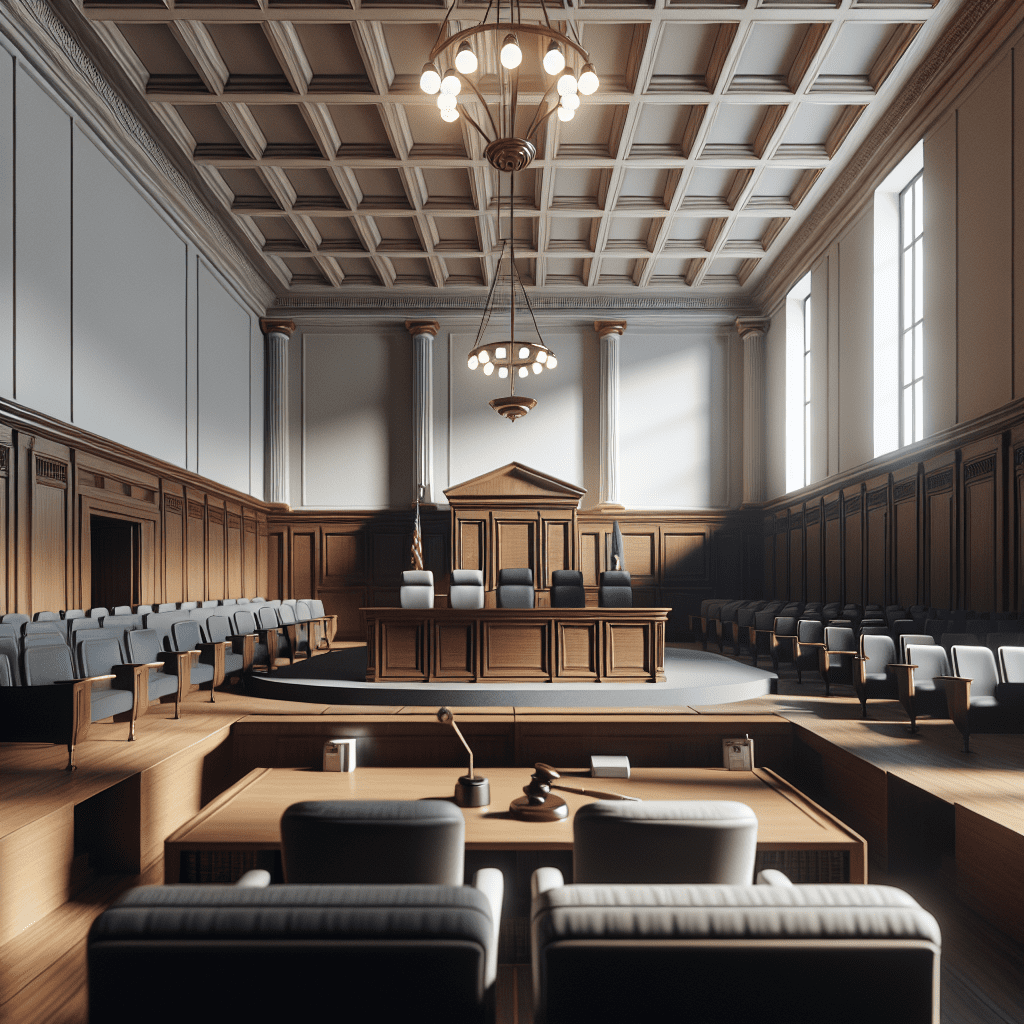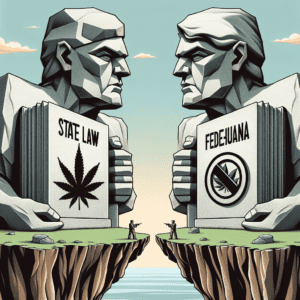“Shocking Decisions, Lasting Impact: The Most Controversial Court Verdicts in Recent History.”
The O.J. Simpson Trial: A Nation Divided
The O.J. Simpson trial remains one of the most controversial court verdicts in recent history, capturing the attention of millions and dividing public opinion along racial and social lines. The case, which stemmed from the brutal murders of Nicole Brown Simpson and Ronald Goldman on June 12, 1994, quickly became a media spectacle, with every development scrutinized by the press and the public alike. From the outset, the trial was marked by high-profile legal teams, dramatic courtroom moments, and a broader discussion about race, celebrity, and the criminal justice system in the United States.
As the case unfolded, the prosecution, led by Marcia Clark and Christopher Darden, presented what they believed to be overwhelming evidence against Simpson. This included DNA evidence linking him to the crime scene, a history of domestic violence against Nicole Brown Simpson, and the infamous slow-speed chase in his white Ford Bronco, which was broadcast live to millions of viewers. The prosecution argued that these factors painted a clear picture of guilt, asserting that Simpson had both the motive and the opportunity to commit the murders.
However, the defense, led by Johnnie Cochran, Robert Shapiro, and F. Lee Bailey, countered with a strategy that focused on undermining the credibility of the Los Angeles Police Department. They argued that the evidence had been mishandled, contaminated, or even planted by officers with a history of racial bias, particularly Detective Mark Fuhrman, whose past racist remarks were exposed during the trial. The defense also famously introduced the phrase, “If it doesn’t fit, you must acquit,” referring to the moment when Simpson struggled to put on a pair of gloves allegedly worn by the killer. This moment became a turning point in the trial, casting doubt on the prosecution’s case and reinforcing the defense’s argument that Simpson was being framed.
Beyond the courtroom, the trial highlighted deep racial divisions in America. Many African Americans viewed Simpson’s prosecution as another example of systemic racism within law enforcement, while many white Americans saw the evidence as overwhelmingly pointing to his guilt. These differing perspectives were reflected in public opinion polls, which showed a stark contrast in how different racial groups perceived the case. The trial also underscored the influence of celebrity status in the legal system, as Simpson’s fame and wealth allowed him to assemble what was later dubbed the “Dream Team” of defense attorneys, a luxury not afforded to most defendants.
When the jury delivered a verdict of not guilty on October 3, 1995, the nation reacted with a mix of shock, relief, and outrage. Supporters of the verdict saw it as a victory against a historically biased justice system, while critics viewed it as a miscarriage of justice that allowed a guilty man to walk free. The case continued to spark debate for years, influencing discussions on race, media influence, and legal strategy. Even decades later, the O.J. Simpson trial remains a defining moment in American legal history, illustrating how the intersection of race, celebrity, and justice can shape public perception and legal outcomes in profound ways.
The Casey Anthony Verdict: Justice or Miscarriage?

The Casey Anthony trial remains one of the most controversial and widely debated court cases in recent history. The case, which centered around the tragic death of two-year-old Caylee Anthony, captivated the nation and sparked intense discussions about the American justice system. When the jury ultimately found Casey Anthony not guilty of murder, the verdict shocked the public and led to widespread outrage. Many questioned whether justice had truly been served or if the case represented a profound miscarriage of justice.
The case began in July 2008, when Caylee Anthony was reported missing by her grandmother, Cindy Anthony. Suspicion quickly fell on Casey Anthony, the child’s mother, due to her inconsistent statements and seemingly indifferent behavior. Over the course of the investigation, authorities uncovered a series of troubling details, including Casey’s failure to report her daughter missing for 31 days and her misleading claims about Caylee’s whereabouts. As the case gained national attention, the prosecution built a case against Casey, arguing that she had intentionally killed her daughter to free herself from the responsibilities of motherhood.
During the trial, prosecutors presented forensic evidence, including traces of chloroform found in Casey Anthony’s car and the presence of human decomposition in the trunk. They argued that Casey had used chloroform to render Caylee unconscious before suffocating her with duct tape. Additionally, they pointed to Casey’s behavior in the weeks following Caylee’s disappearance, highlighting her frequent partying and apparent lack of concern. To many observers, the evidence seemed overwhelming, and public opinion overwhelmingly leaned toward a guilty verdict.
However, the defense team, led by attorney Jose Baez, presented an alternative narrative that cast doubt on the prosecution’s claims. They argued that Caylee had accidentally drowned in the family’s swimming pool and that Casey’s father, George Anthony, had helped cover up the incident. The defense also sought to explain Casey’s seemingly erratic behavior by alleging that she had been sexually abused by her father, which, they claimed, contributed to her emotional detachment and dishonesty. While these claims were never substantiated, they introduced enough uncertainty to create reasonable doubt among the jurors.
Ultimately, after weeks of testimony and deliberation, the jury found Casey Anthony not guilty of first-degree murder, manslaughter, and child abuse. She was convicted only on charges of providing false information to law enforcement. The verdict was met with widespread disbelief and outrage, with many Americans expressing frustration over what they perceived as a failure of the justice system. Legal experts and commentators debated whether the prosecution had overreached by pursuing a first-degree murder charge without definitive proof of how Caylee had died. Others argued that the jury had simply followed the legal standard of reasonable doubt, even if the outcome was deeply unsatisfying to the public.
In the years since the trial, the Casey Anthony case has continued to be a subject of discussion and analysis. While some believe that the jury made the correct decision based on the evidence presented, others view the verdict as a glaring example of justice denied. Regardless of one’s perspective, the case serves as a reminder of the complexities and challenges inherent in the legal system, where the burden of proof can sometimes lead to controversial and emotionally charged outcomes.
The Derek Chauvin Trial: A Defining Moment in Justice
The trial of Derek Chauvin marked a defining moment in the American legal system, drawing global attention to issues of police accountability and racial justice. Chauvin, a former Minneapolis police officer, was charged in connection with the death of George Floyd, an incident that ignited widespread protests and calls for systemic reform. The case was closely followed by millions, as it symbolized broader concerns about law enforcement practices and the treatment of marginalized communities. Given the high-profile nature of the trial, the verdict carried significant weight, not only for those directly involved but also for the nation as a whole.
From the outset, the prosecution presented compelling evidence, including video footage that showed Chauvin kneeling on Floyd’s neck for over nine minutes. This footage, recorded by a bystander, became a central piece of evidence, reinforcing the argument that Chauvin’s actions were excessive and unjustified. Expert witnesses, including medical professionals and law enforcement officials, testified that Floyd’s death resulted from asphyxiation caused by the prolonged restraint. The defense, however, attempted to shift the narrative by arguing that Floyd’s underlying health conditions and drug use contributed to his death. Despite these claims, the prosecution maintained that Chauvin’s use of force was unnecessary and directly responsible for Floyd’s fatal injuries.
As the trial progressed, public interest intensified, with many viewing the proceedings as a test of the justice system’s ability to hold law enforcement officers accountable. Historically, convictions in cases involving police officers have been rare, leading to skepticism about whether Chauvin would be found guilty. However, the overwhelming evidence, combined with testimony from fellow officers condemning Chauvin’s actions, played a crucial role in shaping the jury’s perception. The prosecution’s argument that Chauvin violated established police protocols and disregarded Floyd’s repeated pleas for help resonated strongly with both legal experts and the general public.
When the jury returned a guilty verdict on all three charges—second-degree unintentional murder, third-degree murder, and second-degree manslaughter—the decision was met with a mixture of relief and reflection. Many saw the verdict as a step toward justice, acknowledging the pain and outrage that Floyd’s death had caused. The ruling also set a precedent, demonstrating that law enforcement officers could be held legally accountable for misconduct. However, while the verdict was widely celebrated by activists and civil rights organizations, it also sparked discussions about the broader issues that remained unaddressed. Many emphasized that a single conviction could not resolve the deep-rooted problems within the criminal justice system, calling for continued efforts to implement meaningful reforms.
In the aftermath of the trial, the case’s impact extended beyond the courtroom, influencing policy discussions and legislative efforts aimed at police reform. The verdict reinforced the importance of transparency, accountability, and the role of public scrutiny in shaping legal outcomes. While some viewed the decision as a turning point, others cautioned that true justice required sustained commitment to addressing systemic inequalities. Ultimately, the trial of Derek Chauvin served as a defining moment in the pursuit of justice, highlighting both the progress made and the challenges that remain in ensuring fairness and accountability within the legal system.
















